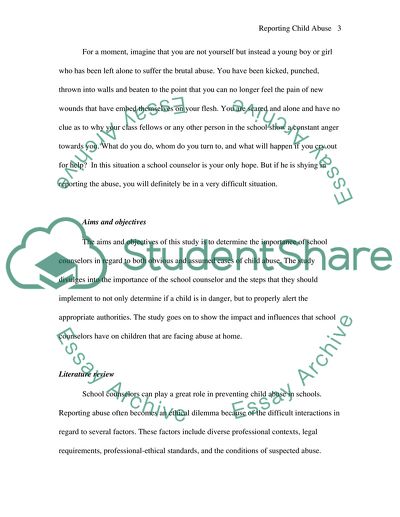Cite this document
(Reporting Child Abuse and School Counselors Research Paper, n.d.)
Reporting Child Abuse and School Counselors Research Paper. Retrieved from https://studentshare.org/psychology/1740947-researching-crime-reporting-child-abuse-and-school-consellors
Reporting Child Abuse and School Counselors Research Paper. Retrieved from https://studentshare.org/psychology/1740947-researching-crime-reporting-child-abuse-and-school-consellors
(Reporting Child Abuse and School Counselors Research Paper)
Reporting Child Abuse and School Counselors Research Paper. https://studentshare.org/psychology/1740947-researching-crime-reporting-child-abuse-and-school-consellors.
Reporting Child Abuse and School Counselors Research Paper. https://studentshare.org/psychology/1740947-researching-crime-reporting-child-abuse-and-school-consellors.
“Reporting Child Abuse and School Counselors Research Paper”, n.d. https://studentshare.org/psychology/1740947-researching-crime-reporting-child-abuse-and-school-consellors.


